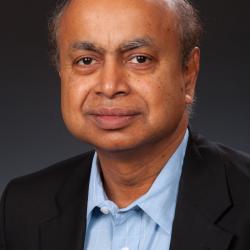
This talk provides a discussion of one of the central design challenges associated with next-generation “5G”
wireless systems - that of effectively converging 3GPP-based mobile networks with the global Internet.
Although the trend towards “flat” IP-based architectures for cellular networks is well under way with LTE,
significant architectural evolution will be needed to achieve the goal of supporting the needs of mobile
devices and applications as “first-class” services on the Internet. Several emerging mobility service scenarios
including hetnet/small cell, multi-network access, mobile cloud, IoT (Internet-of- Things) and V2V (vehicle to-
vehicle) are examined and related network service requirements such as user mobility, disruption tolerance,
multi-homing, content/service addressability and context-aware delivery are identified. Drawing from our
experience with the ongoing NSF-sponsored “MobilityFirst” future Internet architecture project, we outline a
“named-object” protocol solution based on the “GUID (Globally Unique Identifier) Service Layer” which
enables a clean separation of naming and addressing, and provides intrinsic support for a wide variety of
mobility services. The talk concludes with a brief outline of the MobilityFirst proof-of- concept prototype
currently being deployed on the GENI meso-scale networking testbed.
Dr. Raychaudhuri has previously held corporate R&D positions including: Chief Scientist, Iospan Wireless (2000-01), AGM & Dept Head, NEC Laboratories (1993-99) and Head, Broadband Communications, Sarnoff Corp (1990-92). He obtained the B.Tech (Hons) from IIT Kharagpur in 1976 and the M.S. and Ph.D degrees from SUNY, Stony Brook in 1978, 79. He is a Fellow of the IEEE.
